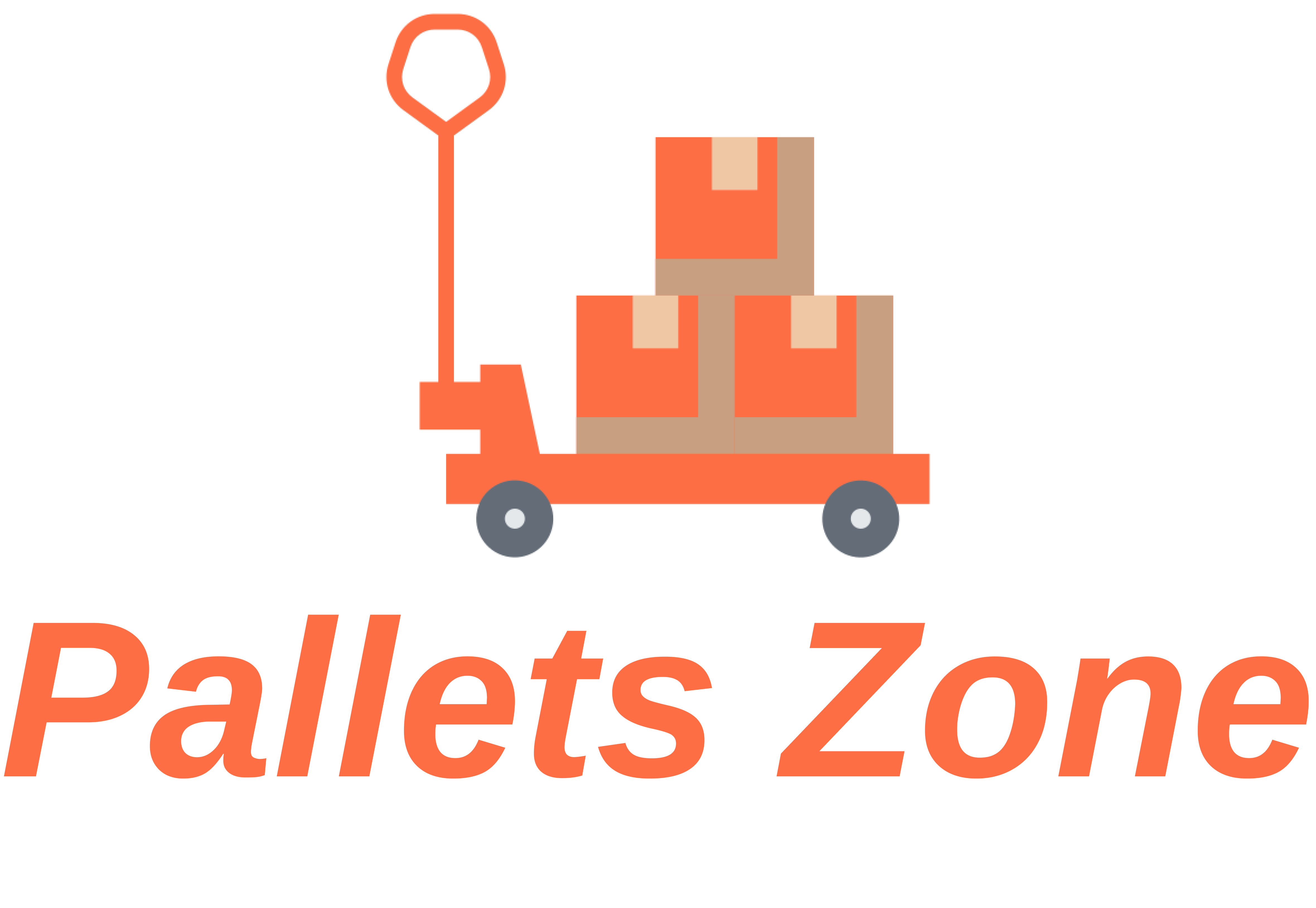
From home reselling liquidation goods whether you’re looking for a way to supplement your existing income or ready to take the leap into self-employment, reselling customer returns and excess inventory from retailers can be a relatively easy way to get started with minimal upfront cash investment.
Have you ever wondered what happens when you return a product to the store? Most people think returned items just go back on the shelf for another customer to buy, but more often than not, a product that’s been opened and used can’t be resold by the retailer as new.
Retailers need a way to quickly get these products off their balance sheets to free up capital for purchasing new inventory. This is where you come in.
As a reseller, you can buy inventory from retailers directly (if you can commit to purchasing multiple truckloads per week) or through a marketplace like BlueLots (if you’d rather purchase a few cases or pallets at a time). As an additional bonus, sales tax is completely waived on any inventory you purchase for resale, as long as you have a valid resale certificate. Our article on resale certificates can help guide you through the free registration process in your state.
When buying liquidation goods for resale, it’s best to stick with product categories you have some familiarity with. For example, if you’re an outdoor enthusiast, try sticking to sporting goods and outdoor gear. You’ll have an ‘unfair advantage’ in product categories you have personal experience with because you’ll be able to intuitively spot deals without much research.
If you’re not sure which product category to start in from home reselling liquidation goods, electronics and new shoes generally have higher sell-through rates (faster sales).
Ultimately the job comes down to finding inventory can be sold for 50%-300% more than the purchase price from home reselling liquidation goods.
To evaluate a lot, download the inventory manifest before purchasing and cross reference it with Amazon and eBay to determine the current market price for each line item. You can use the Amazon sales rank and eBay recently sold listings to get a good sense of the sell-through rate and average sale price for a given product. On eBay, be sure to only look at ‘sold listings’ and note that the condition of the listings matches the condition of the inventory you want to buy.
Using this technique you’ll be able to reasonably estimate the profitability of a lot and make better purchasing decisions.
Written by John! I’m Craig, co-founder and CTO of Palletszone. Our goal at Palletszone is to help connect small businesses, entrepreneurs, and individuals looking for additional income with sources of bulk liquidation inventory to resell for a profit.
Since 2016, we’ve helped thousands of buyers source profitable inventory from some of the biggest retailers in the country.
